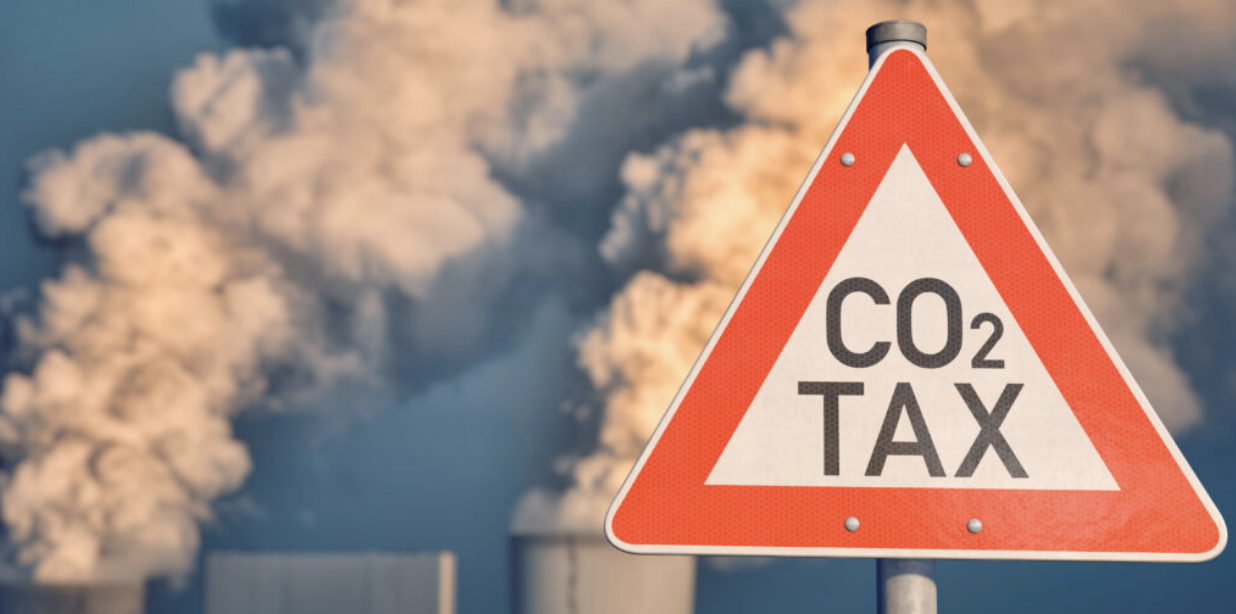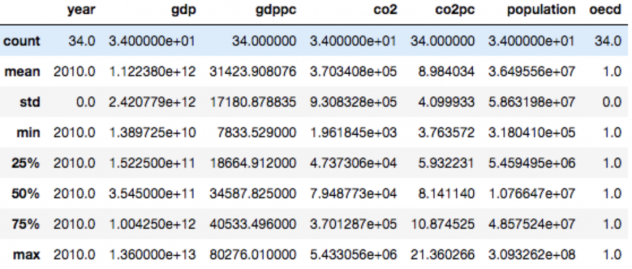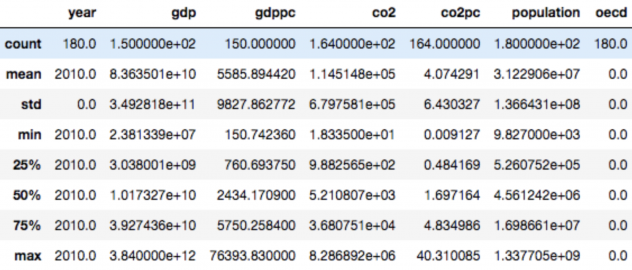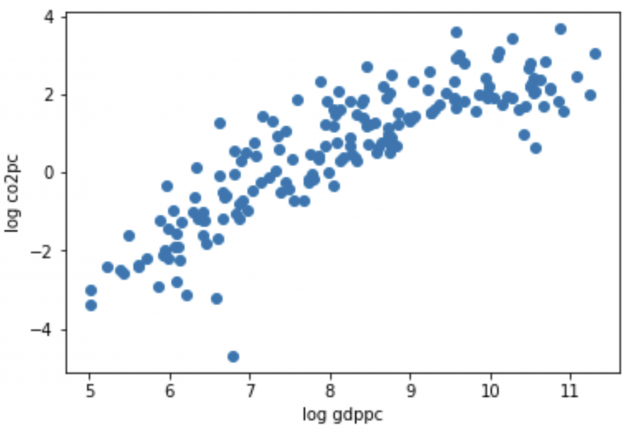
JONATHAN LI – AUGUST 30TH 2022
I. US Environmental Framework
In 1712, British ironmonger Thomas Newcomen invented the first widely used steam engine, paving the way for the Industrial Revolution and wide scale adoption of coal. While the Industrial Revolution raised living standards, copious amounts of CO2 were emitted into the atmosphere, kickstarting rising temperatures across the globe. In 1824, French physicist Joseph Fourier released the first study on climate change, providing a preliminary description of the earth’s greenhouse effect.
Back then, climate change was still an obscure topic hidden from the public. Today, climate change is one of the most contentious issues plaguing modern society. Yet, lawmakers stall on spearheading sufficient reform to prevent global temperatures from reaching 1.5 degrees Celsius above pre-industrial levels. Consequently, the atmosphere is already 1.1 degrees Celsius warmer, with the effects materializing in the form of extreme droughts, heatwaves, hurricanes, as well as melting Arctic glaciers and rising sea levels. Unfortunately, extreme weather patterns disproportionately affect developing countries that rely heavily on agriculture. To magnify the crisis, global food demand is set to increase by 100-110% by 2050, foreshadowing a massive food shortage in the future. Holistically, 400,000 deaths worldwide can be linked to climate change each year, with the projected death count expected to rise to 600,000 by 2030.
Why Larger Economies Bear The Burden of Climate Reform
Using a 2010 dataset that quantifies CO2 emissions from 214 countries, we can conduct a comparison between large, developed economies versus smaller, emerging market economies. We can split the countries into two categories – OECD and non-OECD countries – and compare their respective GDP and emissions.
Figure 1: Summary Statistics on OECD Countries

Figure 2: Summary Statistics on non-OECD Countries

After a quick glance, the results are obvious and as expected. The sample mean of per-capita GDP for OECD (31,423.90) is more than five times than the mean per-capita GDP for non-OECD countries (5585.89). Unsurprisingly, per-capita CO2 emissions for OECD countries (8.98) are also over double that of non-OECD countries (4.07), resulting in a highly statistically significant difference in mean averages. To visually represent this phenomenon, the scatter plot below illustrates the relationship between per-capita GDP and per-capita CO2 emissions for the 214 countries from our data set. While climate change is an issue which requires multilateral cooperation among all countries, it is reasonable to assert that developed countries should orchestrate the charge. The data proves that even taking into account variations in population, citizens in developed countries consume far more energy and hence produce higher emissions. Additionally, developing countries often lack the infrastructure to help combat climate change, shifting the burden onto high-polluting, developed countries like the US to lead climate change reform.
Figure 3: The Relationship between GDPPC and CO2PC
 II. The Potential of a US Federal Carbon Tax
II. The Potential of a US Federal Carbon Tax
Under the Biden administration, the US will aim to slice its greenhouse emissions in half by 2030. To accomplish this, Biden recently signed his $1.2 trillion dollar infrastructure bill into law on November 15. The bill will devote $80 billion into several initiatives that promote the transition to clean energy, such as electric vehicles, batteries, rare earth minerals, grid modernization, and technologies that produce clean energy. While these proposals are groundbreaking, they embody a fundamental flaw in the US paradigm towards combating climate change. US environmental policies have always centered around setting mandates and spending massive amounts of money, as opposed to taxing carbon. Imposing a carbon tax would raise revenue, reduce emissions, and cost significantly less.
A carbon tax is a government-set price that emitters must pay for each ton of emissions they release. By pricing carbon, businesses and households become incentivized to find ways to scale back their emissions. Economic theory argues that a carbon tax should equate to the social cost of carbon: the present discounted value of damages caused by an additional ton of CO2 emitted today. The Biden administration currently prices a ton of CO2 at $51, drastically less than EU countries with a carbon tax. On all fronts, the US lags considerably behind the EU. Currently, 20% of US electricity generation comes from renewable energy. Currently, nearly 18 European countries have instituted a carbon tax. Unsurprisingly, 35% of electricity generation in the EU comes from renewable sources, while 20% of US energy is supplied from clean energy sources.
Paired with a border tax measure to protect domestic industries from imports, a carbon tax would instantly become the most important policy to curb domestic emissions. A study from Resources for the Future estimates that if a $15 carbon tax on oil and gas producers was implemented in 2023 and increased by 5% annually, it would decrease emissions by 40% relative to 2005 levels by 2030. Additionally, the revenue generated through such tax could be used to further advance the US environmental agenda. A 2017 study estimated that a $49 carbon tax would raise $2.2 trillion in Federal net revenue from 2019 to 2028. These funds could be allocated towards protecting disproportionately affected less developed nations or offsetting heighted energy costs for low-income households. A federal carbon tax would help the US catch up to the EU, who is far ahead on climate reform.
Despite astounding support from economists, a nationwide carbon tax is often perceived as progressive, shattering Republican support. Hence, carbon tax initiatives introduced in Congress have all failed. Additionally, there are various concerns over how a carbon tax would be implemented. For instance, there would likely be disputes over the “correct” price for carbon, and how increasing energy costs could disproportionately harm lower-income households, who devote a larger portion of their income towards energy. Furthermore, it could be argued that a cap and trade system – where the government hands out a number of permits for emissions that firms can trade – is preferable because it sets a hard cap for how much CO2 firms can emit. In terms of getting the socially efficient quantity of production, a cap and trade system is generally more effective than a carbon tax.
The Future Ahead
Absent drastic action, global atmospheric temperatures will surpass 1.5 degrees Celsius above pre-industrial levels, making certain regions uninhabitable. Already, the effects of climate change have manifested through unpredictable and extreme weather patterns, facilitating the spread of diseases and destroying agricultural yields. The US, the second highest polluter globally, must do its part to curb global emissions. A federal carbon tax would force businesses and consumers to be cognizant of their emissions and would be the most significant step towards substantial climate reform. Climate change is a global crisis that calls for multilateral cooperation between nations in order to create a sustainable environment for future generations.



